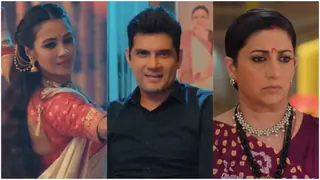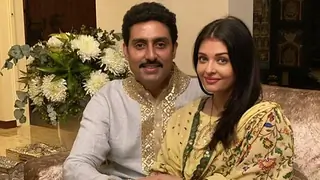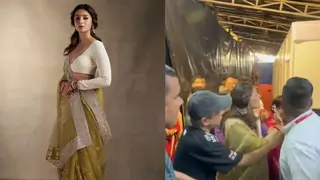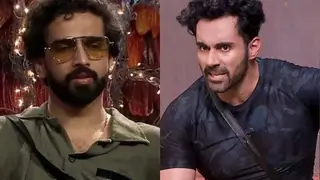Soaps get a reality check

In a span of just about eight months television programming has undergone a major change in terms of stories and backdrops. From escapist urban stories of filthy rich and famous families, the trend clearly seems to be shifting in favour of semi-urban and rural subjects and ambience.
Earlier themes like child marriage, marital issues, dowry harassment, female infanticide etc would be associated with Doordarshan. But, now serials like Balika Vadhu, Aap Ki Kachehri, Na Aana Is Des Laado, Agle Janam Mohe Betiya Hi Kijo, Bandini and the soon to be aired daily Bhagyavidhaata, which deal with these issues, are being telecast on upmarket channels that have an urban viewership.
Other shows like Bidaai, Jyoti, Dehleej, Yeh Rishta Kya Kehlata Hai, Saath Phere and Betiyaan are middle-of-the road shows about the trials and tribulations of young daughters.
So, why this sudden shift from feel-good stories and pure entertainment to social issues and entertainment blended with a message? "We have always been addressing social issues in one way or another. In our top-rated show Bidaai, for instance, we took up the issue of a dark girl and made her look attractive by going beyond her looks. Similarly, we handled various social issues in Santaan and Grihasti," says Vivek Bahl, senior creative head, Star Plus.
According to Zee's programming head Ajay Bhalwankar, pure entertainment still exists but only in the form of reality programming. "There is always a phase. Earlier it was relationships, then saas-bahu followed and now the focus is on social issues. There is a life-cycle for everything," he points out.
Ajay admits that there is certainly a change in the programming pattern. He explains, "Saas-bahu shows are out and other subjects are replacing them. However, Zee has always focused on social issue-related subjects that are closest to viewer's heart. Saath Phere talks about a dark-skinned girl and Dulhann spoke about literacy while Betiyaan deals with how girls are on par with boys and have their own stand in society."
However, if there is a shift in programming, it's for others and not Imagine, says the channel's head of content Shailja Kejriwal. She explains, "It's not really a shift for us. From the very beginning, our programming has challenged the norms that existed on television. For instance, when channels were running shows on daughters being a curse to their families, Radha Ki Betiyaan celebrated the story of a mother and her joy of having three daughters."
Most channels are taking the middle path while addressing social issues. But Colors has changed the focus from urban to small town and rural stories and settings. "Our primary job is to entertain. But our shows are issue-centric and have different backdrops, which give a definite colour and look to them," says Ashvini Yardi, head of programming, Colors. There is a definite reason behind doing issue-centric and region-specific shows, thanks to the roaring success of Balika Vadhu, which is set in a Rajasthan village.
"It's clearly the Balika Vadhu effect which shook the programming pattern. Since the show is a big success, people are now searching for region-specific subjects and placing them in a local milieu for proper cultural and credible look and feel," says Purnendu Shekhar, writer of Balika Vadhu.
In Purnendu's view, there are other reasons too. He explains, "Recession has hit channel's revenue. Hence to grab eyeballs some channels are going for clutter-breaking stories. Another reason is that after the expansion of TAM universe, a large chunk of ratings come from small centres."
Vivek doesn't disagree, "Metro viewers have many more entertainment options than Hindi GE channels today, and hence aren't as committed as small-town viewers, some of whom are still getting added on to cable viewing pyramid," he says.



















